150 YEARS OF FAMILIA TORRES: Chapters in a life (2nd generation)
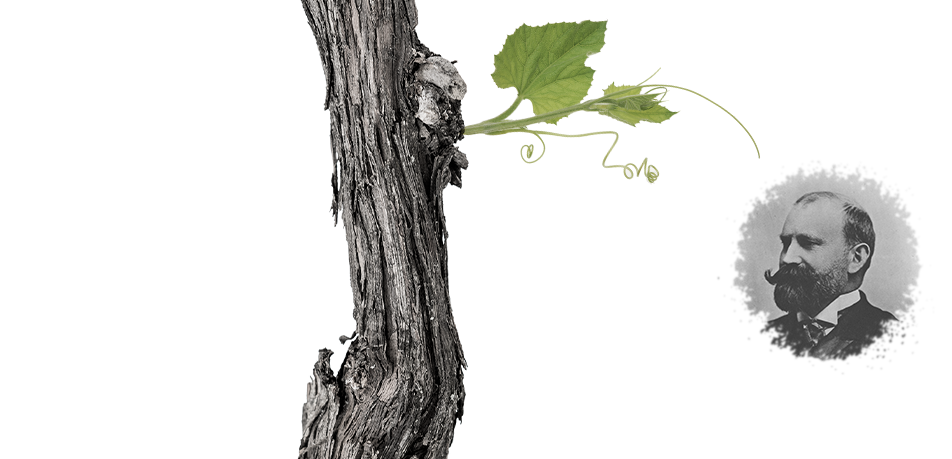
The year was 1870. He had 40,000 pesos to his name. It was time to go home. Jaime Torres had made a very real and tangible fortune, but he had learned something even more valuable: the needs of the emerging South American market that his homeland could satisfy—and he knew exactly how to do it.
His birthplace and family beckoned. If he joined forces with his older brother Miguel, who had inherited the vineyards and knew the ins and outs of growing and making wine, Jaime Torres could export and distribute Penedès wines, first in Cuba, then in Puerto Rico, Argentina, across the entire continent eventually. It was time for a reunion. Jaime Torres was coming home, and he had a plan.
The strategy was this: to ship high-quality wine in secure containers, supported by a new distribution network set up at the destination, while reducing transportation costs through deals with the owners of the era's main shipping companies. It was an exercise in faith and perseverance that would not be easy.
[[{"fid":"18435","view_mode":"default","fields":{"format":"default","alignment":"","field_file_image_alt_text[und][0][value]":false,"field_file_image_title_text[und][0][value]":false},"type":"media","field_deltas":{"1":{"format":"default","alignment":"","field_file_image_alt_text[und][0][value]":false,"field_file_image_title_text[und][0][value]":false}},"link_text":null,"attributes":{"height":663,"width":895,"style":"height: 370px; width: 500px;","class":"media-element file-default","data-delta":"1"}}]]
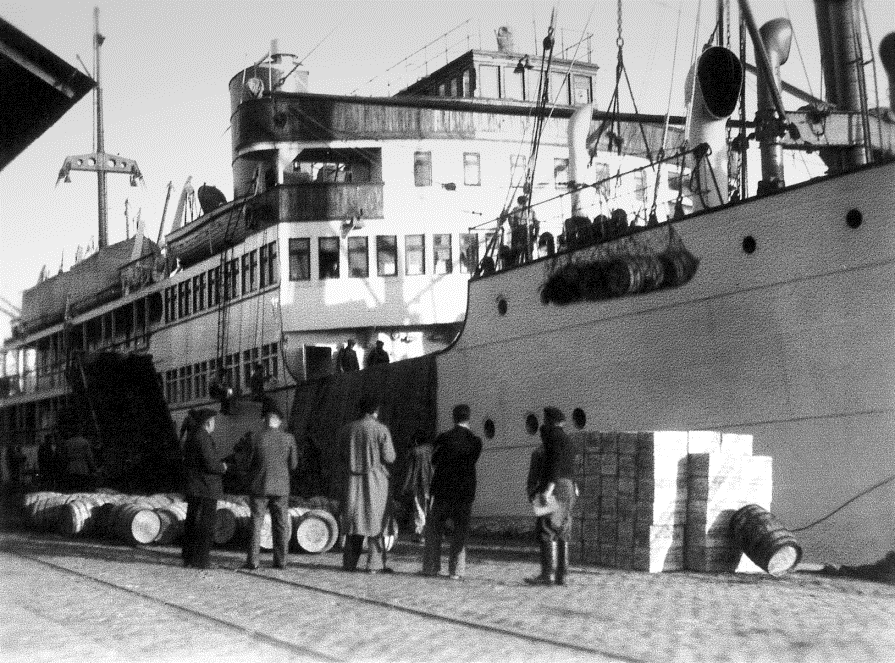
The winery's barrels waiting to be loaded onto one of the era's ships
Vilafranca's Calle Comercio was home to the winery's warehouses, which could hold up to 120,000 hectoliters. The Casa Torres y Compañía, cosechero y exportadora de vino [wine grower and exporter] had been formally established. This marked the birth of the family winery.
Shortly thereafter, Antonio and Juan Torres Casals joined the company. They were Jaime's nephews, the sons of Miguel Torres Vendrell, and Juan would play a key role in the winery's future. At first, he was responsible for clarifying the wines and managing the winery and warehouse's growing staff.
Thanks to Miguel Torres's knowledge of the land, his brother Jaime's enterprising vision, and the consistent contributions of young Juan, the company began to flourish.
[[{"fid":"18436","view_mode":"default","fields":{"format":"default","alignment":"","field_file_image_alt_text[und][0][value]":false,"field_file_image_title_text[und][0][value]":false},"type":"media","field_deltas":{"2":{"format":"default","alignment":"","field_file_image_alt_text[und][0][value]":false,"field_file_image_title_text[und][0][value]":false}},"link_text":null,"attributes":{"height":394,"width":616,"style":"height: 320px; width: 500px;","class":"media-element file-default","data-delta":"2"}}]]
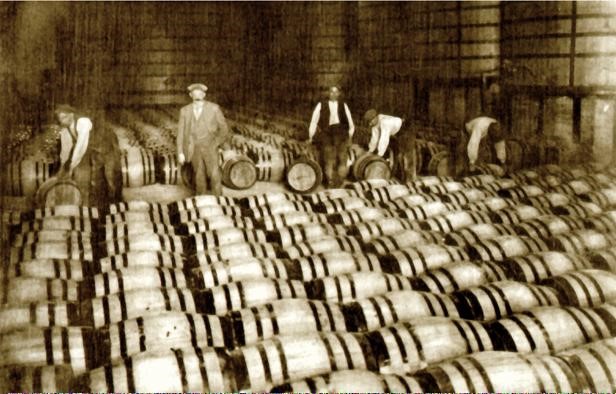
One of the winery's first and largest warehouses, located next to the train station
The company was exporting so much wine to the American continent that a “Torres train” left Vilafranca every day, laden with wine barrels and headed for the Barcelona port.
Juan Torres Casals (1865 - 1932). a tireless fighter
Simply ensuring continuity wasn’t in the spirit of Juan Torres Casals—he was a fighter. Born into turbulent times, he brought a revitalizing energy and new ideas to a sector that already owed his family a great deal.
Following his uncle Jaime’s death in 1906, the company went to his father Miguel, who didn’t outlive his younger brother by much. This meant that Juan inherited the family's holdings and took over the winery. Over time, it became clear that the company was in the best possible hands.
Whereas his uncle had made a fortune in different businesses, Juan focused all of his energy and attention on a single venture: the family winery.
Juan Torres Casals faced serious challenges, both on a professional and personal level. In 1920, the economic and social upheaval in the wake of Cuba's war of independence almost wiped out the winery's creditworthiness.
[[{"fid":"18437","view_mode":"default","fields":{"format":"default","alignment":"","field_file_image_alt_text[und][0][value]":false,"field_file_image_title_text[und][0][value]":false},"type":"media","field_deltas":{"3":{"format":"default","alignment":"","field_file_image_alt_text[und][0][value]":false,"field_file_image_title_text[und][0][value]":false}},"link_text":null,"attributes":{"height":733,"width":907,"style":"height: 404px; width: 500px;","class":"media-element file-default","data-delta":"3"}}]]
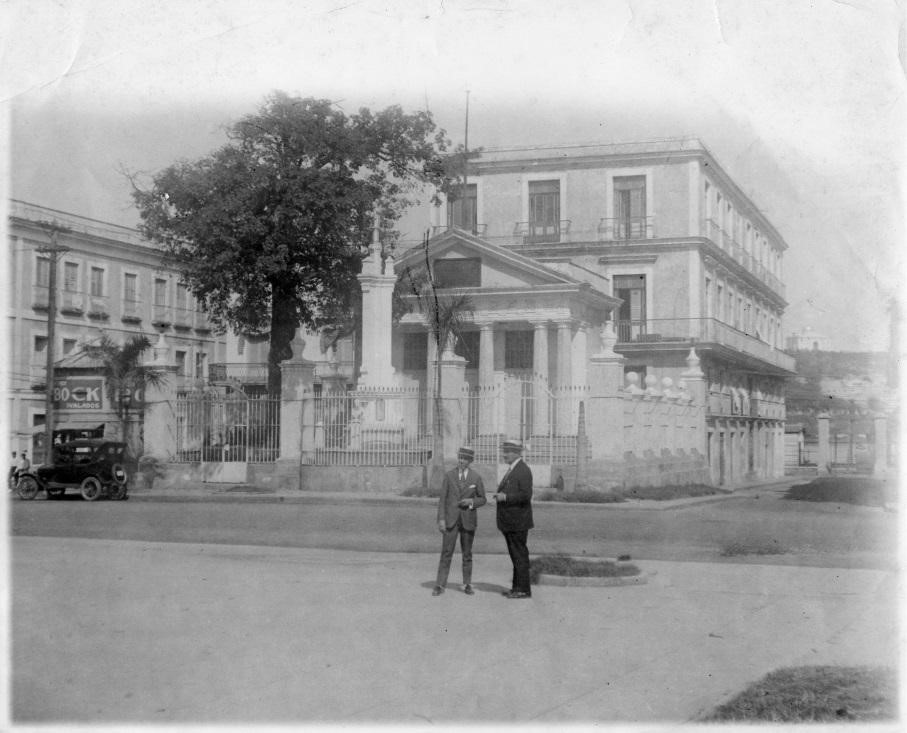
Juan Torres Casals inHabana, Cuba (1923)
Juan Torres died twelve years later, in 1932, at the age of sixty-seven. “The prestige of the tres torres [three towers] wine is deeply rooted in Juan's enthusiasm, commitment and care,” states Luís Almerich, author of the book commemorating the winery's 75th anniversary.
Juan Torres left a legacy of immense value: In 1907, he registered the Coronas brand, which is going strong to this day. In 1928, he successfully distilled the winery's first spirits—the birth of Torres brandy.
[[{"fid":"18438","view_mode":"default","fields":{"format":"default","alignment":"","field_file_image_alt_text[und][0][value]":false,"field_file_image_title_text[und][0][value]":false},"type":"media","field_deltas":{"4":{"format":"default","alignment":"","field_file_image_alt_text[und][0][value]":false,"field_file_image_title_text[und][0][value]":false}},"link_text":null,"attributes":{"height":838,"width":727,"style":"height: 576px; width: 500px;","class":"media-element file-default","data-delta":"4"}}]]
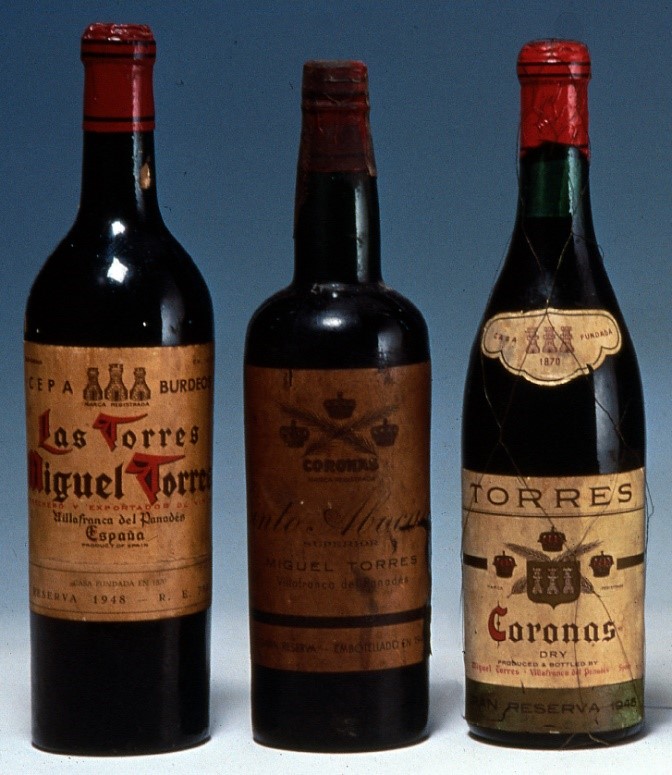
Bottles of the Coronas brand at the family's museum in Pacs del Penedès
This marked a new direction, a new era for the Torres family, but challenging and difficult times lay ahead, which would seriously jeopardize the winery's survival in the years to come. The cursed war…
